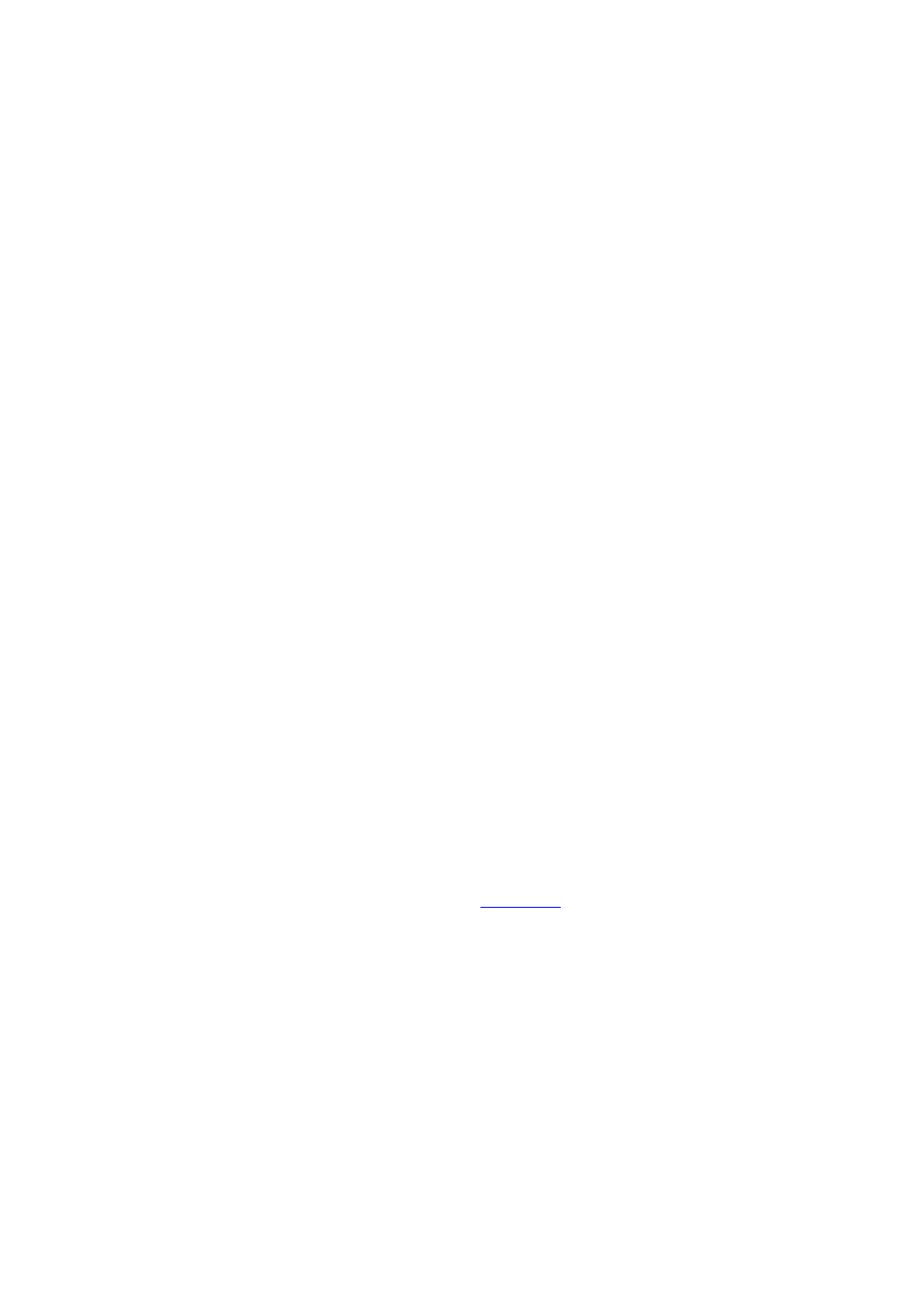Software upgrade by installing hotfixes, Patch and patch file, Incremental patch – H3C Technologies H3C S7500E Series Switches User Manual
Page 149: Common patch and temporary patch, Hotfix overview, Basic concepts in hotfix, Patch status, Software upgrade by, Installing hotfixes

10-5
Software Upgrade by Installing Hotfixes
Hotfix Overview
Hotfix is a fast, cost-effective method to repair software defects of a device. Compared with another
method, software version upgrade, hotfix can upgrade the software without interrupting the running
services of the device. In other words, it can repair the software defects of the current version without
rebooting the device.
Basic Concepts in Hotfix
Patch and patch file
A patch, also called patch unit, is a package to fix software defects. Generally, patches are released as
patch files. A patch file may contain one or more patches for different defects. After loaded from the
storage medium to the memory patch area, each patch is assigned a unique number, which starts from
1, for identification, management and operation. For example, if a patch file has three patch units, they
are numbered as 1, 2, and 3 respectively.
Incremental patch
An incremental patch means that the patch is dependent on the previous patch units. For example, if a
patch file has three patch units, patch 3 can be running only after patch 1 and 2 take effect. You cannot
run patch 3 separately.
The currently released patches are all incremental patches.
Common patch and temporary patch
z
Common patches are those formally released through the version release flow.
z
Temporary patches are those not formally released through the version release flow, but
temporarily provided to solve the emergent problems.
The common patches always include the functions of the previous temporary patches so as to replace
them. The patch type affects the patch loading process only; the system deletes all the temporary
patches before it loads the common patch.
Patch Status
Each patch has its status, which can be switched only by commands. The relationship between patch
state changes and command actions is shown in
. The patch can be in the state of IDLE,
DEACTIVE, ACTIVE, and RUNNING. Load, run temporarily, confirm running, stop running, delete,
install, and uninstall represent operations, corresponding to commands of patch load, patch active,
patch run, patch deactive, patch delete, patch install, and undo patch install. For example, if you
execute the patch active command for the patches in the DEACTIVE state, the patches turn to the
ACTIVE state.